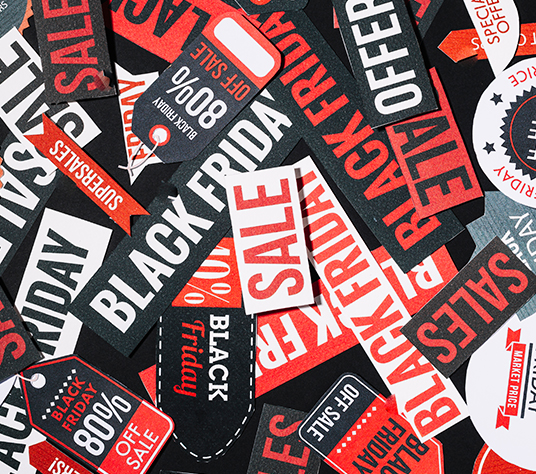The sales force is the front line of an organization, often representing the first human touchpoint, before or after the soft touch through marketing content. This is as true for CPG companies as elsewhere, which depend on their sales team to make sure their products are available, tried out, and consumed through as many outlets as possible.
Given the relatively weak presence of large retail chains in emerging markets (as opposed to the developed economies, where they are either dominant or at least have a much more formidable presence), the issue of assessing, on a continuous basis, the performance of the sales teams and taking action to maintain or improve the same is of paramount importance. In fact, not just in emerging markets – a lot of these apply even in developed markets where the trend is toward CPGs driving store-level decisions in collaboration with retail partners. This is a clear shift from a past that mostly dealt at a channel x national level.
Despite the critical role of the sales force, we have observed that outlet level/salesperson level measurement & insights and using that to improve performance and effectiveness isn’t that common or consistent, resulting in lost opportunities (visible manifestations being empty shelves, obsolete stock, and lack of ‘right’ choices for consumers at the point of consumption – all with associated financial impact for the brands).
In our experience, making a simple start by:
a) Tying in data across three specific areas (detailed below) – all within sales, and analyzing them to understand key levers that impact performance (vs hundreds of metrics/reports), and
b) Leveraging predictive analytics to discover headroom for growth at the right level of granularity to be actionable, often delivers a disproportionate impact vs effort spent.
Sales leaders already look at the following:
1. Sales force effort – attendance, hours spent, outlets visited, etc.
2. Compliance tracking – Right prices, promotion compliance, digital recording of orders
3. Results – achievement of targets, brand coverage, effective distribution
While a lot of metrics and reports are created out of such data to help make decisions on a regular basis, there’s a lot more that can be done with the same data and infrastructure to better assess the pain points and help the teams do an even better job.
1. Optimizing the Sales Leadership’s Bandwidth and Use it to Create Maximum Impact
The first and possibly the most powerful way to help the sales team is by helping the sales leadership prioritize efforts and budgets toward the biggest and most easily/quickly addressable problems. This can be done through analytic models that establish a link between performance (either sales goal based or a customized composite performance metric) to the most important drivers of that performance from the hundreds of activity metrics that are tracked.
The models can then score prospectively and identify potential locations that need attention to avoid slip-ups in achieving overall goals. This has been found to be immensely useful as it helps leadership adjust the right levers to drive impact on sales.
2. Help Sell the Right Products to each Outlet
A product/SKU recommendation engine integrated with outlet-order taking mobile app, built using AI-based advanced algorithms will help streamline the selling process and free up the salesperson’s time to focus on priority items such as selling focus SKUs as well as merchandising opportunities.
3. Assess Outlet Level Potential for Purchase, Stocking and Merchandising
Each retailer outlet has a unique capacity and appetite for stocking and selling different product categories as well as an affinity for certain types of promotions. Understanding this through their purchase history as well as those of similar retailers in the neighborhood, AI-based algorithms can provide real-time recommendations on the optimal type and amount of selling effort for each outlet.
4. Prioritize/Sequence Outlet Visits through the Day and Week
Different outlets and their handlers/managers, especially in the emerging markets, have different times of the day and days of the week when they are most open to salesmen visits as well as their sales spiels. Optimization algorithms can be developed to generate the most productive weekly/fortnightly route plan for the sales team to get the biggest bang for their efforts.
5. Design and Implement Targeted Consumer and Trade Offers (CO/TO) Based on Retailer Characteristics
CPG companies frequently roll out different promotions aimed at either boosting secondary sales (retailer purchases) or the consumer offtake (tertiary sales). These typically tend to be blanket promotions applicable to most outlets that their distributors cover, with only the occasional differentiation between wholesale and retail.
In reality, there are many different retailer groups out there looking for different incentives/rewards from the manufacturers. Understanding what these are and using sophisticated retailer segmentation solutions combined with AI-generated smart custom trade/consumer promotion plans can help give the retailers and consumers what they want, detect and prevent misuse of trade discounts, and improve the ROI on promotion budgets.
These are just a few ways to help CPG sales teams, but a great starting point, with the data already available with the organizations.
Does your sales force have the power of such insights helping them drive growth?





